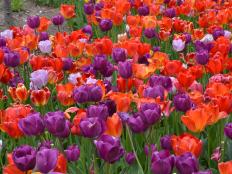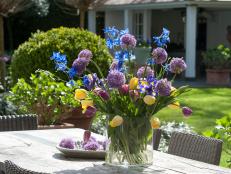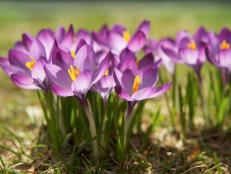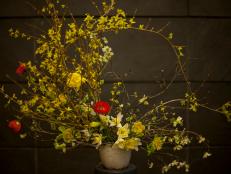Plant Spring Bulbs for Showy Flowers Into the Fall
While autumn-planted daffodils and tulips leap to mind at the mention of bulbs, there are a host of bulbs to plant in spring for spring, summer and fall beauty. These opulent flowers and ornamental foliages help fill gaps in the garden when other plants might fade. Explore selections of bulbs to plant in spring and get tips for growing these unique spring-planted bulbs for bold impact, such as Dahlia 'Maarten Zwaan' (shown here) and other choices for sun or shade.
Once you’ve selected a planting site with the recommended sun exposure, work organic matter into the soil for drainage (this helps prevent wet, rotting bulbs). Incorporate an organic bulb fertilizer to boost soil health. Some bulbs do not require water at planting time but plants should be regularly watered once they're actively growing. Many spring-planted bulbs excel as container plants, too — although for canna lilies and other plants with large root systems, opt for dwarf varieties (unless you have a giant pot).
Ever-popular garden lilies Dutch irises could be added to this list, although whether to plant in fall or spring depends on your growing zone. In general, plant bulbs after all danger of frost has passed. Some will bloom heartily in their first season while others will grow more robust if they can perennialize. Enjoy a lush garden thanks to spring-planted bulbs.












